Strong but stretchy, apparently.
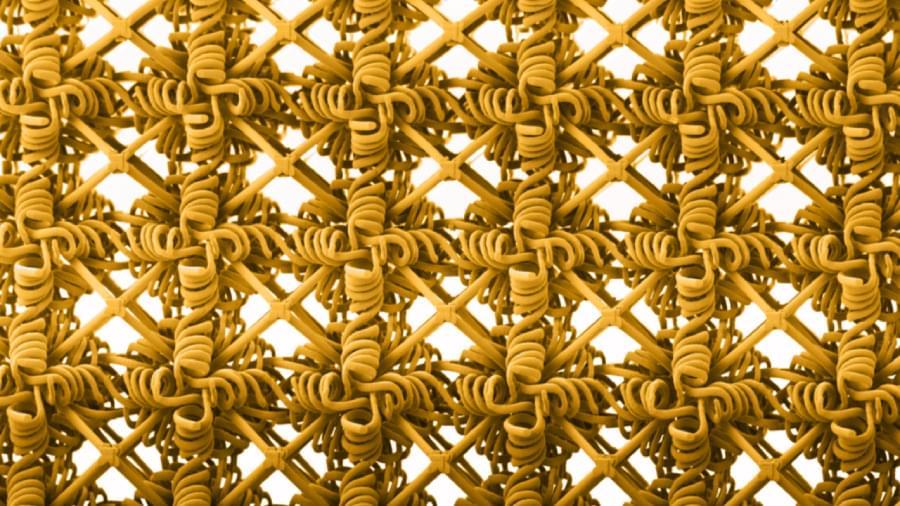

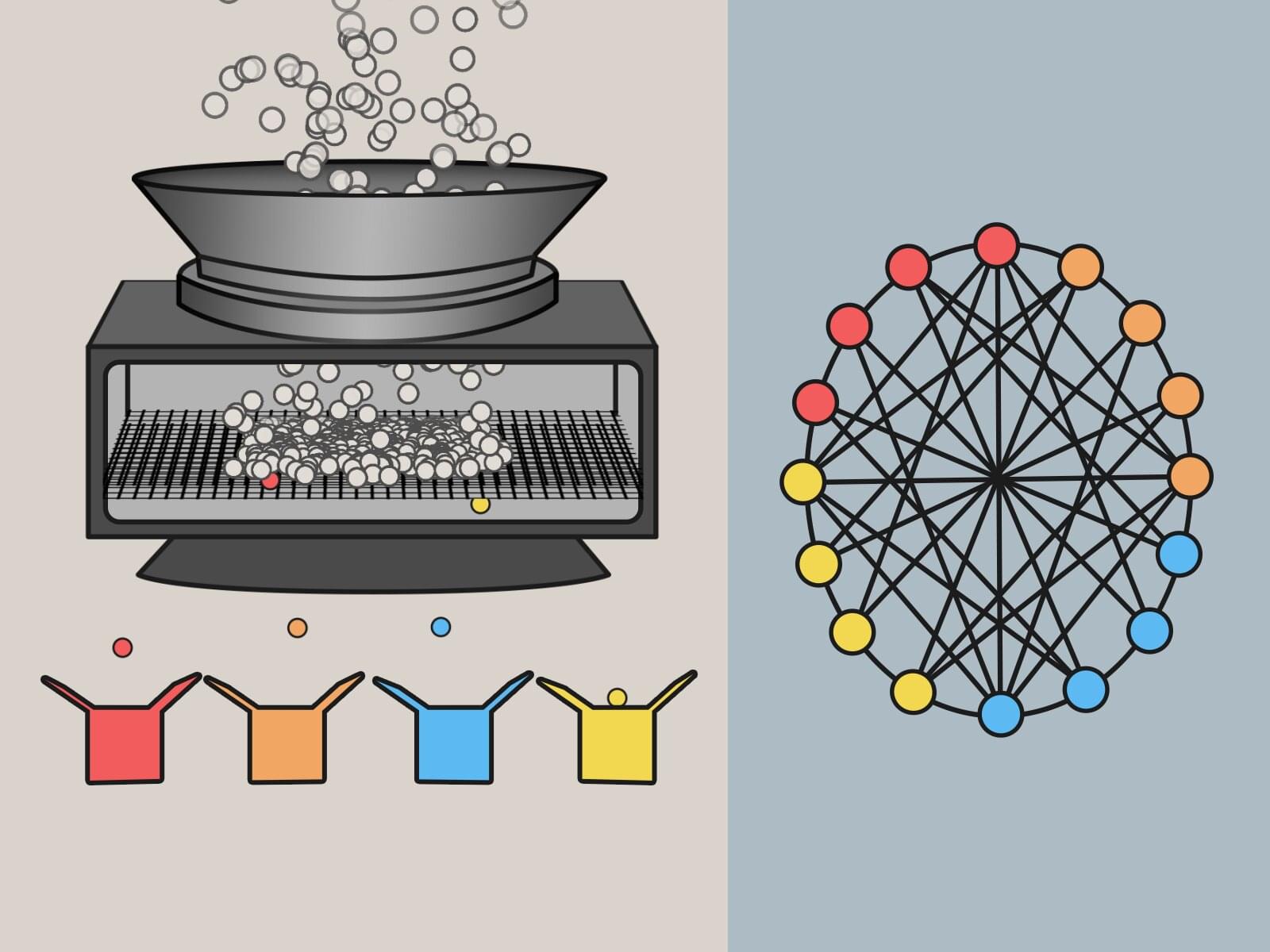
Quantum computers promise to speed calculations dramatically in some key areas such as computational chemistry and high-speed networking. But they’re so different from today’s computers that scientists need to figure out the best ways to feed them information to take full advantage. The data must be packed in new ways, customized for quantum treatment.
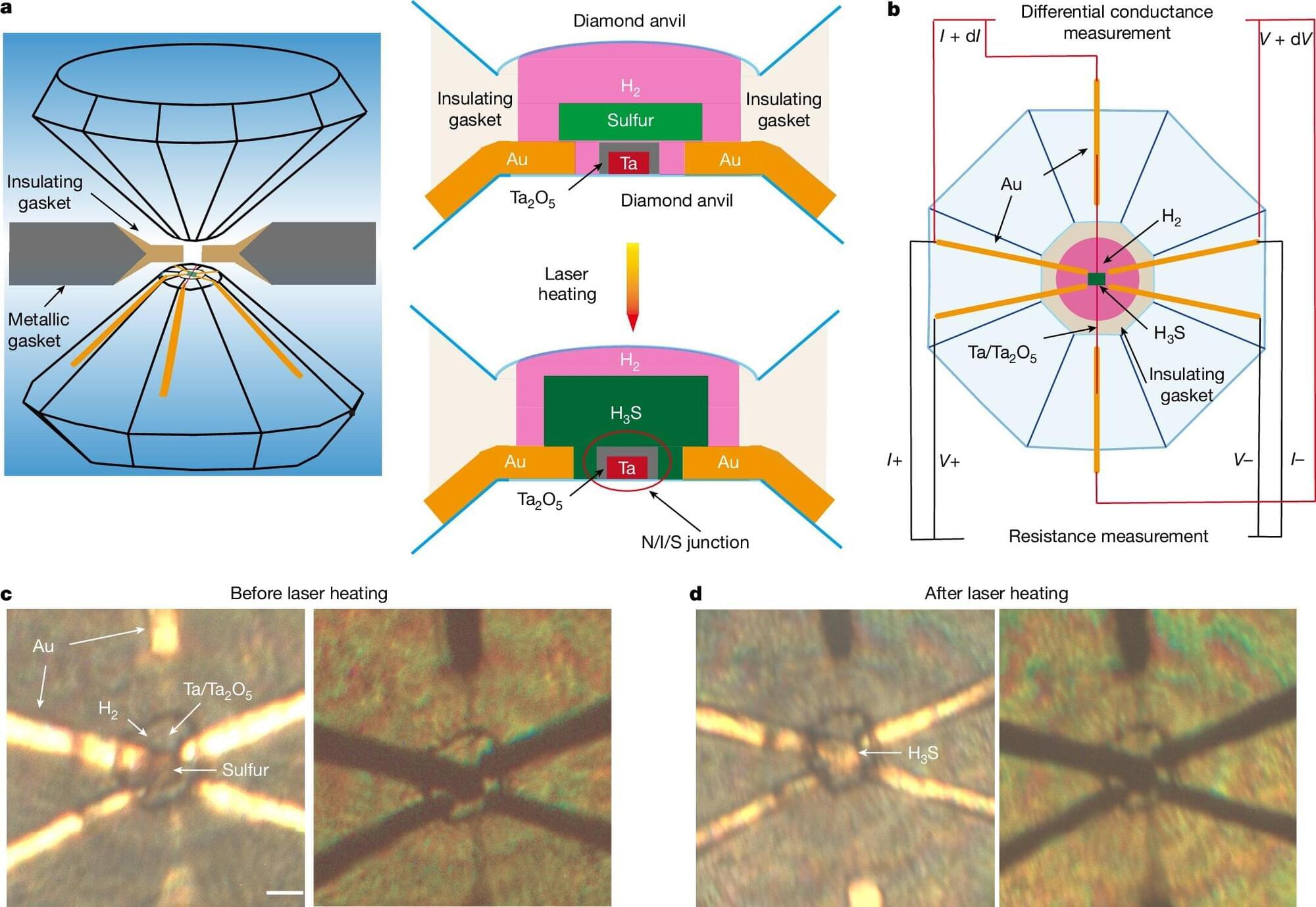
Scientists have achieved a major milestone in the quest to understand high-temperature superconductivity in hydrogen-rich materials. Using electron tunneling spectroscopy under high pressure, the international research team led by the Max Planck Institute for Chemistry has measured the superconducting gap of H3S—the material that set the high-pressure superconductivity record in 2015 and serves as the parent compound for subsequent high-temperature superconducting hydrides.
The findings, published this week in Nature, provide the first direct microscopic evidence of superconductivity in hydrogen-rich materials and an important step toward its scientific understanding.
Superconductors are materials that can carry electrical current without resistance, making them invaluable for technologies such as energy transmission and storage, magnetic levitation, and quantum computing.

An exact expression for a key process needed in many quantum technologies has been derived by a RIKEN mathematical physicist and a collaborator. This could help to guide advances in quantum technologies.
Many emerging quantum technologies such as quantum computing and quantum communication rely on entanglement.
Entanglement is the mysterious phenomenon whereby two or more particles become so closely interconnected that, no matter how great the distance between them, they exhibit quantum correlations that far exceed the mutual relations achievable in classical systems.
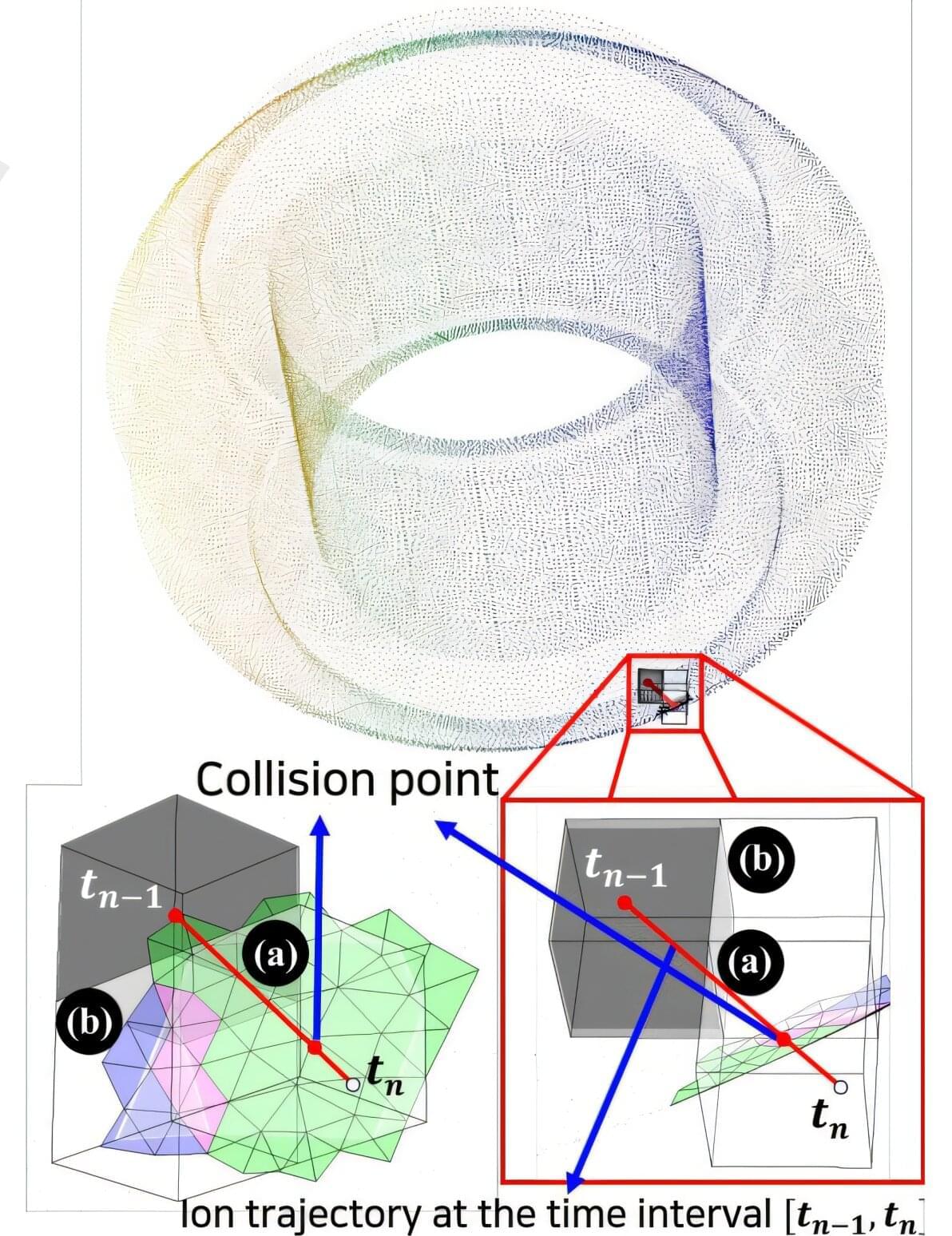
An innovative algorithm for detecting collisions of high-speed particles within nuclear fusion reactors has been developed, inspired by technologies used to determine whether bullets hit targets in video games. This advancement enables rapid predictions of collisions, significantly enhancing the stability and design efficiency of future fusion reactors.
Professor Eisung Yoon and his research team in the Department of Nuclear Engineering at UNIST announced that they have successfully developed a collision detection algorithm capable of quickly identifying collision points of high-speed particles within virtual fusion devices. The research is published in the journal Computer Physics Communications.
When applied to the Virtual KSTAR (V-KSTAR), this algorithm demonstrated a detection speed up to 15 times faster than previous methods. The V-KSTAR is a digital twin that replicates the Korean Superconducting Tokamak Advanced Research (KSTAR) fusion experiment in a three-dimensional virtual environment.

The juridical metaphor in physics has ancient roots. Anaximander, in the 6th century BCE, was perhaps the first to invoke the concept of cosmic justice, speaking of natural entities paying “penalty and retribution to each other for their injustice according to the assessment of Time” (Kirk et al., 2010, p. 118). This anthropomorphizing tendency persisted through history, finding its formal expression in Newton’s Principia Mathematica, where he articulated his famous “laws” of motion. Newton, deeply influenced by his theological views, conceived of these laws as divine edicts — mathematical expressions of God’s will imposed upon a compliant universe (Cohen & Smith, 2002, p. 47).
This legal metaphor has served science admirably for centuries, providing a framework for conceptualizing the universe’s apparent obedience to mathematical principles. Yet it carries implicit assumptions worth examining. Laws suggest a lawgiver, hinting at external agency. They imply prescription rather than description — a subtle distinction with profound philosophical implications. As physicist Paul Davies (2010) observes, “The very notion of physical law is a theological one in the first place, a fact that makes many scientists squirm” (p. 74).
Enter the computational metaphor — a framework more resonant with our digital age. The universe, in this conceptualization, executes algorithms rather than obeying laws. Space, time, energy, and matter constitute the data structure upon which these algorithms operate. This shift is more than semantic; it reflects a fundamental reconceptualization of physical reality that aligns remarkably well with emerging theories in theoretical physics and information science.
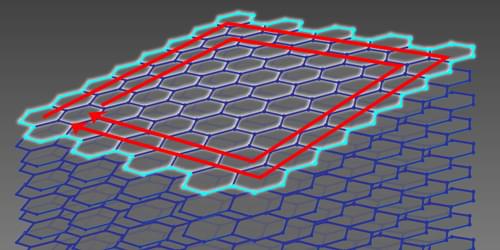
A device made of multilayer graphene exhibits topologically protected edge currents whose direction can be switched using an electric field.
Topological phases of matter have captivated physicists for several decades, promising exotic phenomena and new paradigms for electronic devices [1]. So-called Chern insulators—systems exhibiting quantized Hall conductance without an external magnetic field—are particularly enticing. These materials support dissipationless, one-way electron transport along their edges, which could enable robust low-power electronics or even form the backbone of future topological quantum-computing architectures [2]. Yet, the defining feature of a Chern insulator—its chirality, which determines the direction of the edge-state current—is set by material symmetry and is therefore notoriously rigid and difficult to manipulate dynamically [3–5].

A mysterious menagerie of quantum states — once purely theoretical — has been brought to life by researchers at Columbia using twisted molybdenum ditelluride.
These newly observed states, some never seen before, hint at the possibility of topological quantum computers that don’t require magnetic fields, overcoming a major obstacle in the field. By employing a highly sensitive optical technique, scientists have not only identified a range of exotic quantum states but also demonstrated a new experimental approach that may transform the way we study quantum matter.
Quantum States: A Growing “Zoo”

Working with the Quantum Statistical Physics (PQS) group, Dengis developed a protocol for rapidly generating NOON states. “These states, which look like miniature versions of Schrödinger’s famous cat, are quantum superpositions,” he explains. “They are of major interest for technologies such as ultra-precise quantum sensors or quantum computers.”
The obstacle of time
The main challenge? Manufacturing these states normally takes far too long. We’re talking tens of minutes or more, which often exceeds the lifetime of the experiment. The cause? An energy bottleneck, a “sharp bend” in the system’s evolution that forces it to slow down.

Microsoft has released the optional KB5055612 preview cumulative update for Windows 10 22H2 with two changes, including a fix for a GPU paravirtualization bug in Windows Subsystem for Linux 2 (WSL2).
The KB5055612 cumulative update preview is part of Microsoft’s “optional non-security preview updates” schedule, typically released at the end of every month. This update allows Windows admins to test upcoming fixes and features that will be released in the upcoming May Patch Tuesday.
Unlike Patch Tuesday cumulative updates, this preview update does not include security updates.